1. Mustard Plaster for Chest Colds

A mustard plaster, often touted as a remedy for chest colds and coughs, might sound like something straight out of a grandmother’s handbook, but it actually has merit. The combination of mustard seeds and flour creates a paste that’s applied to the chest, and the heat it generates can help break up congestion. Historically, this remedy was used to treat everything from muscle aches to colds, as it was believed to stimulate blood flow and ease inflammation. Some experts even suggest that the mustard’s heat helps to relax chest muscles, aiding in easier breathing.
Despite its odd appearance and scent, the mustard plaster can be surprisingly effective, especially when combined with other soothing measures like hot teas and steam. It’s important to note that, like any remedy, it needs to be used carefully—apply the plaster for short intervals and always ensure that the skin is protected from burning. While we don’t see it much in modern medicine, this remedy has endured for generations for a reason.
2. Honey for Sore Throats

We’ve all heard the age-old remedy of honey and lemon for a sore throat, but did you know that honey’s healing properties are scientifically backed? Honey has antimicrobial properties that can help soothe an irritated throat and even fight off infection. Ancient Egyptians were among the first to recognize honey’s medicinal properties, using it to treat wounds and coughs alike. In fact, honey has been shown to reduce inflammation, making it effective in calming the painful symptoms of a sore throat.
Not only does honey provide relief, but it also creates a soothing coating that helps to quiet a persistent cough. Modern studies have demonstrated that it can outperform certain over-the-counter cough syrups, especially when taken before bed. Whether in tea or on its own, honey is a sweet remedy that continues to stand the test of time.
3. Ginger for Nausea
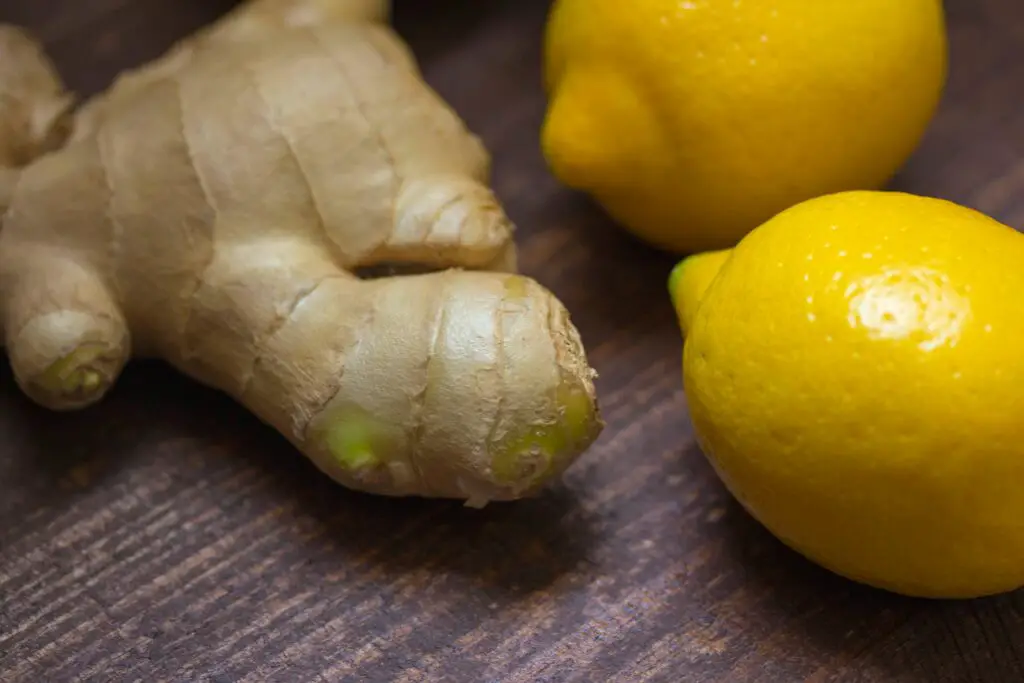
Ginger has been used for thousands of years in various cultures as a remedy for digestive issues, especially nausea. The root is packed with compounds like gingerol, which have anti-inflammatory and antioxidant effects. In traditional Chinese medicine, ginger has long been used to treat nausea caused by motion sickness, pregnancy, or even as a result of chemotherapy. Its ability to calm the stomach and settle the digestive system is what makes it a go-to option for many.
Rather than relying on chemical medications, a cup of ginger tea or a small piece of crystallized ginger may help alleviate nausea naturally. Even the World Health Organization recognizes ginger’s benefits, especially for pregnancy-related nausea. Whether in food, tea, or candy, this remedy continues to work wonders for upset stomachs.
4. Epsom Salt Baths for Muscle Pain

An Epsom salt bath might seem like an old-fashioned luxury, but it’s been used for centuries to ease muscle pain and promote relaxation. Epsom salt, made of magnesium sulfate, is thought to be absorbed through the skin, helping to reduce inflammation and muscle stiffness. The soothing effects of a warm bath combined with the magnesium are believed to ease the aches and pains that come with physical exertion or chronic conditions like arthritis.
Epsom salt baths are not just for sore muscles; they can also help with stress relief and promote better sleep. Although some debate its effectiveness, there’s no denying that a soak in warm water can be incredibly calming. Whether used by athletes or those simply in need of a little rest, the benefits of Epsom salts are undeniably comforting.
5. Apple Cider Vinegar for Digestion

Apple cider vinegar has been used for centuries as a natural remedy for a variety of ailments, but one of its most popular uses is to aid digestion. The acetic acid in apple cider vinegar is believed to improve stomach acidity, making it easier for your digestive system to break down food. It also helps regulate blood sugar levels and can promote a healthy balance of gut bacteria, which is essential for good digestion.
For centuries, people have sworn by the effects of a tablespoon or two of apple cider vinegar diluted in water, especially before meals. It’s thought to help with bloating, heartburn, and even weight loss. While it may not be for everyone, many still turn to this folk remedy for digestive issues—and it’s easy to see why.
6. Lavender for Anxiety

Lavender has long been considered a calming herb, and for good reason. The scent of lavender has been shown to reduce anxiety and promote relaxation. Historically, people would place lavender flowers in their homes, use them in sachets, or brew them into calming teas. In fact, in ancient Roman times, lavender was used to help ease both physical and emotional stress, often placed in baths or on pillows to aid sleep.
Modern research backs up what our ancestors knew—lavender can reduce levels of cortisol, the body’s stress hormone. Whether used as an essential oil, in tea, or as dried flowers, lavender continues to be a go-to remedy for anxiety and insomnia. Its soothing scent and calming properties make it a timeless and accessible remedy.
7. Peppermint for Headaches

Peppermint is another herb that has stood the test of time in the world of natural remedies. The menthol in peppermint has been shown to help open up airways and increase circulation, making it a popular choice for relieving headaches and tension. In fact, peppermint oil is often massaged into the temples or used as a steam inhalation to treat headaches or migraines. Ancient Greeks and Romans used peppermint for a variety of ailments, including digestive issues and headaches.
While peppermint doesn’t work for everyone, many people find that its cooling effect on the skin provides instant relief. Whether consumed as a tea or used as an essential oil, peppermint is a cooling, refreshing remedy that continues to provide relief for millions. For anyone suffering from a stress-induced headache, peppermint remains a trusty go-to.
8. Clove for Toothaches

Cloves have been used for centuries in dentistry to treat toothaches, and with good reason. The compound eugenol, found in cloves, has natural anesthetic and antibacterial properties. Traditionally, a whole clove was placed against a painful tooth, or clove oil was applied directly to the affected area. This numbed the pain, allowing the person to temporarily find relief until they could see a dentist.
While modern dentistry offers a wider array of treatments, clove oil is still a common home remedy for tooth pain. Many over-the-counter oral gels even contain eugenol for numbing effects. This old-timey remedy is as effective today as it was when our ancestors first discovered its numbing powers.
9. Chamomile for Insomnia
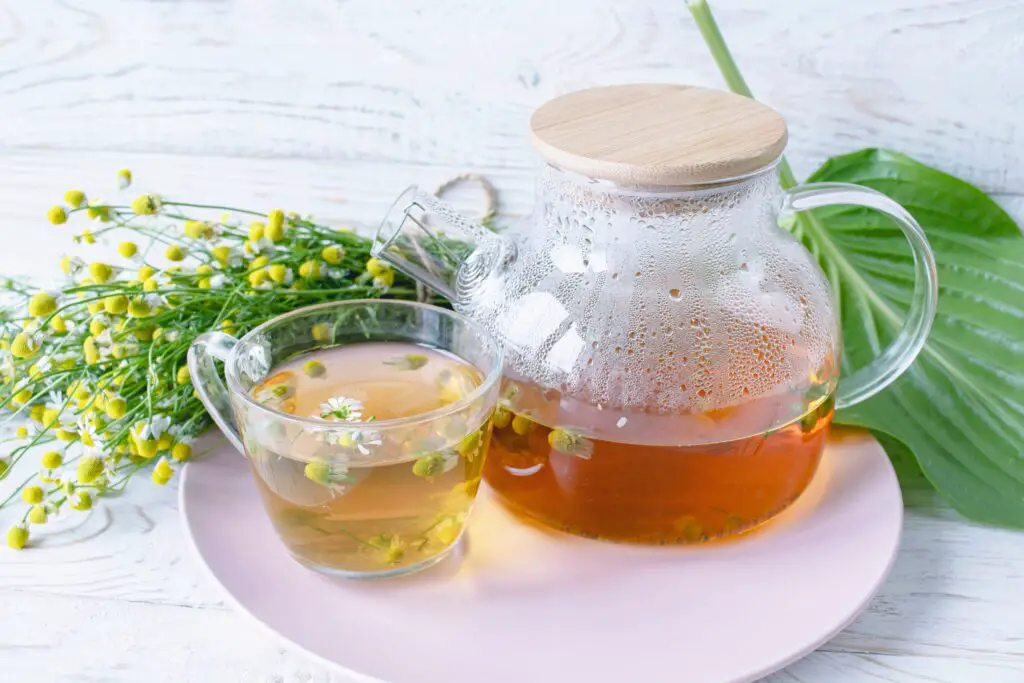
Chamomile is a staple in many homes, particularly when it comes to winding down after a long day. Known for its calming and sleep-inducing properties, chamomile has been used since ancient Egypt to treat insomnia and anxiety. The flower contains compounds that interact with the body’s receptors, helping to relax the nervous system and induce sleep. It’s no wonder chamomile tea has become a go-to bedtime beverage for generations.
Not only does chamomile help with sleep, but it also aids in digestion and reduces stress. It’s widely regarded as a gentle, natural remedy that doesn’t come with the side effects of over-the-counter sleep aids. Whether taken as a tea or used in essential oils, chamomile remains an effective and soothing remedy for sleepless nights.
10. Onion for Coughs
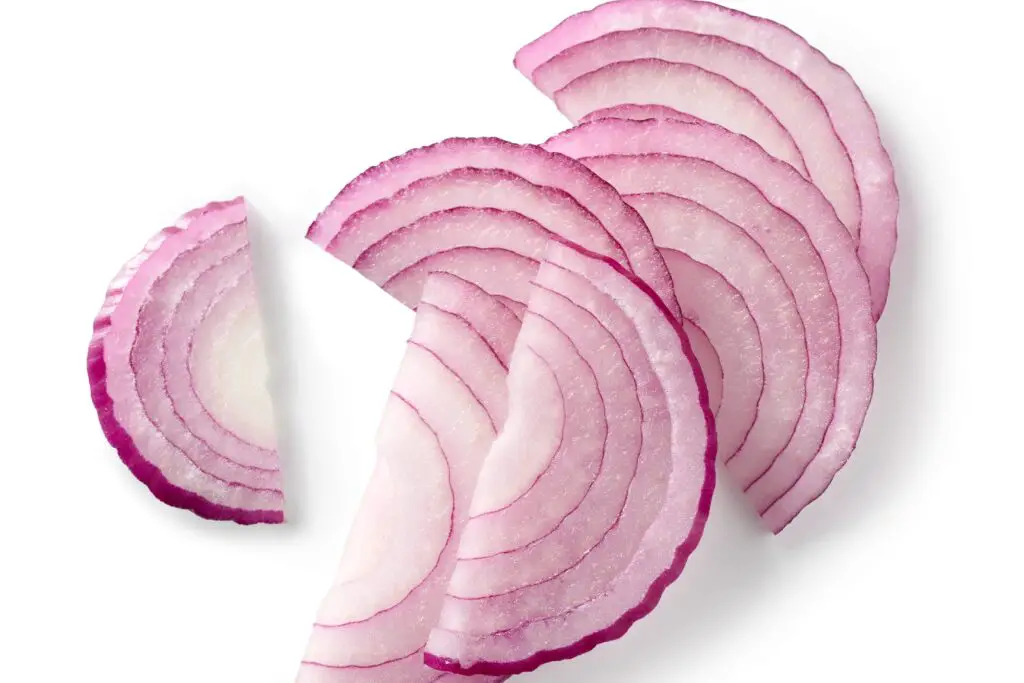
While it may sound a bit peculiar, onions have long been used to treat coughs and respiratory issues. In folklore, onions were often placed next to the bed to absorb illness or placed on the chest to relieve congestion. Scientifically, onions contain sulfur compounds and antioxidants that can help reduce inflammation and support the immune system. They also have antibacterial properties that make them effective at fighting off infections.
Some people swear by onion syrup, made by layering onion slices with sugar or honey, and letting it sit overnight to create a cough-relieving syrup. Though it may seem like an old wives’ tale, onions are known for their healing qualities, especially when it comes to easing a nasty cough. It’s an easy, natural remedy that continues to work for many.
11. Baking Soda for Heartburn
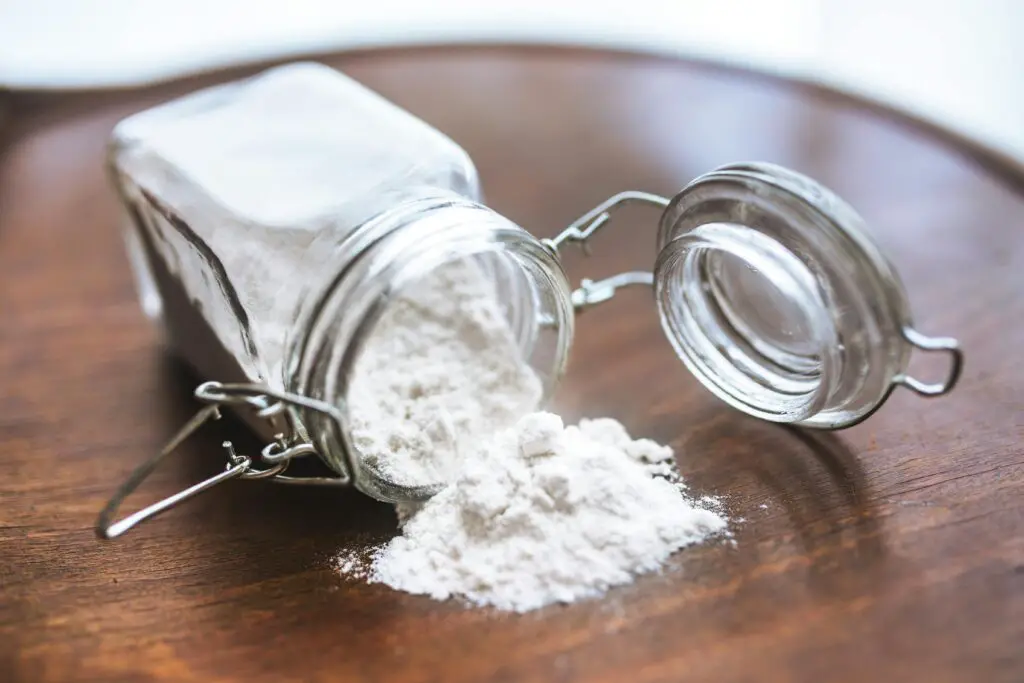
If you’ve ever dealt with heartburn, you’ve likely heard of the power of baking soda. This simple kitchen ingredient has been used for generations to relieve acid reflux and heartburn symptoms. The alkalinity of baking soda helps neutralize stomach acid, offering immediate relief. In fact, people have been using it for years as a natural alternative to over-the-counter antacids.
Mixing a teaspoon of baking soda in water can quickly relieve discomfort, but it should be used sparingly. While it’s not recommended as a daily solution, it can be a lifesaver for occasional heartburn. Its effectiveness and accessibility make it one of the easiest and most reliable remedies to have on hand.
12. Garlic for High Blood Pressure
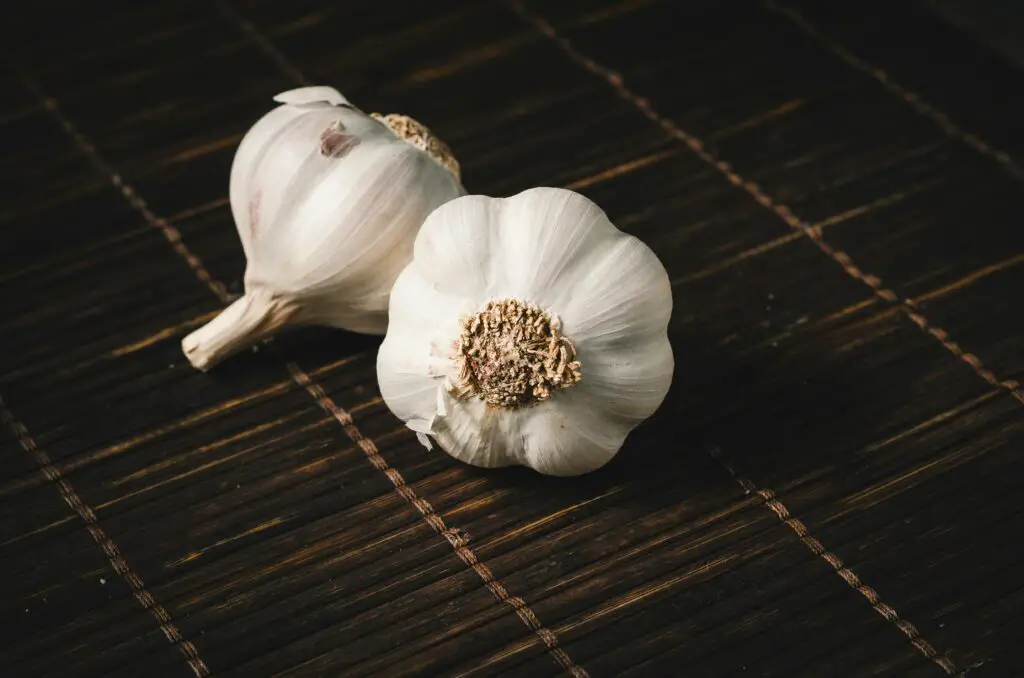
Garlic has been touted as a powerful natural remedy for a variety of ailments, including high blood pressure. For centuries, garlic was used in ancient cultures like Egypt and China to improve overall health, including its ability to regulate blood pressure. Modern research has shown that garlic can indeed help lower blood pressure by relaxing blood vessels and improving circulation. The sulfur compounds in garlic are believed to enhance heart health and reduce cholesterol levels.
Whether consumed raw, cooked, or in supplement form, garlic remains a widely recommended remedy for heart health. Its medicinal properties continue to be studied today, confirming what our ancestors instinctively knew: garlic can do wonders for your heart.
